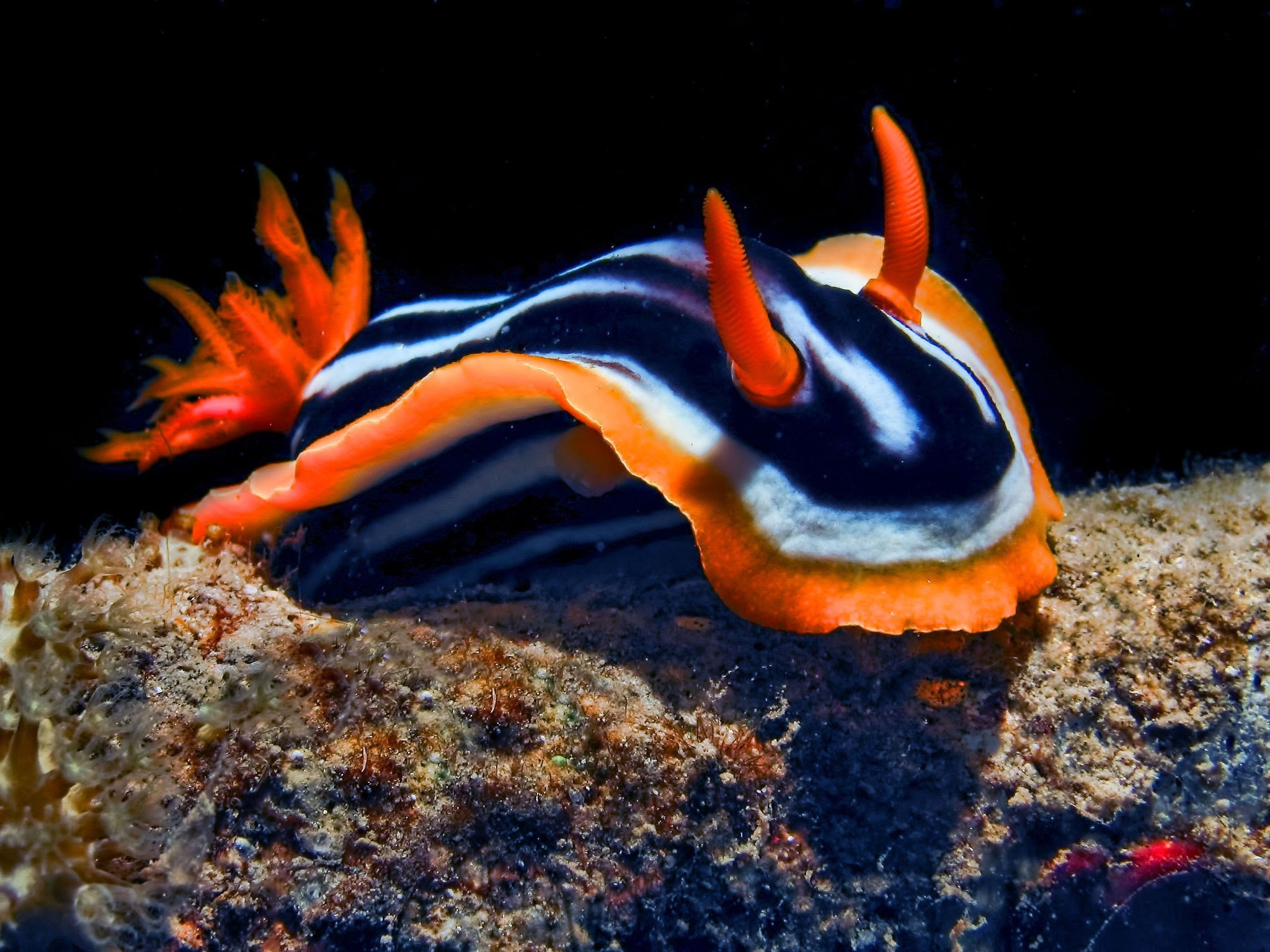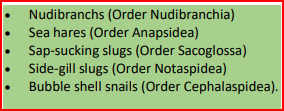





Disclaimer: Copyright infringement not intended.
Context: A citizen science project documents unique sea slugs from Visakhapatnam coast.
Details:
What are slugs?
Types:

Where seen?
Features:
What do they eat?
Threats:
|
PRACTICE QUESTION Q) Which of the following statements is/are correct with reference to Sea Slug? a. They lack an external shell. b. They are found in sea only.
Answer: Option 2 |







© 2025 iasgyan. All right reserved